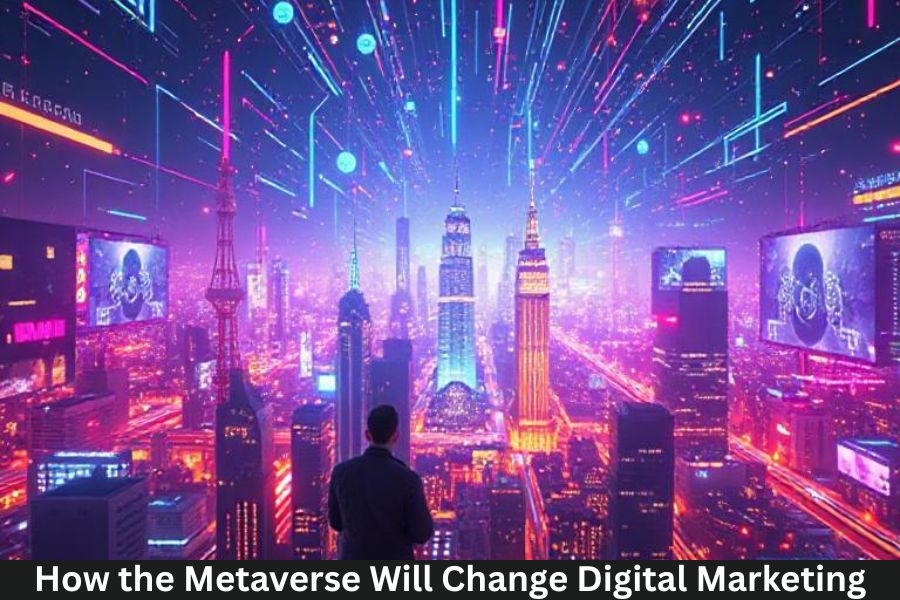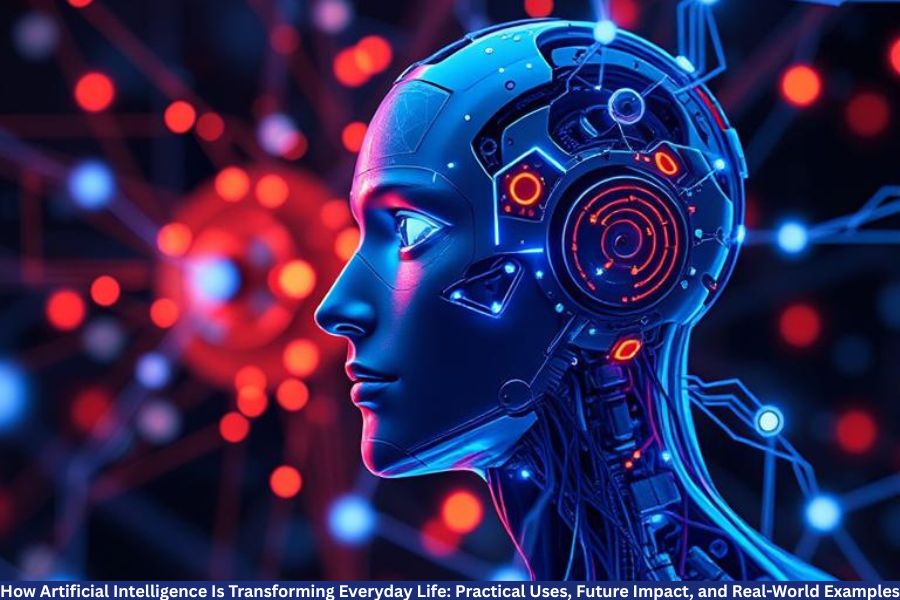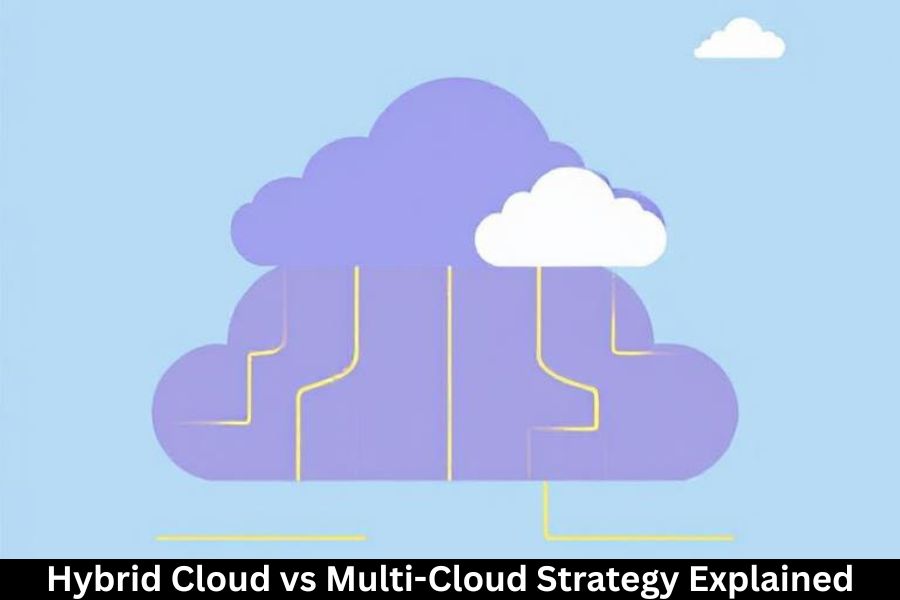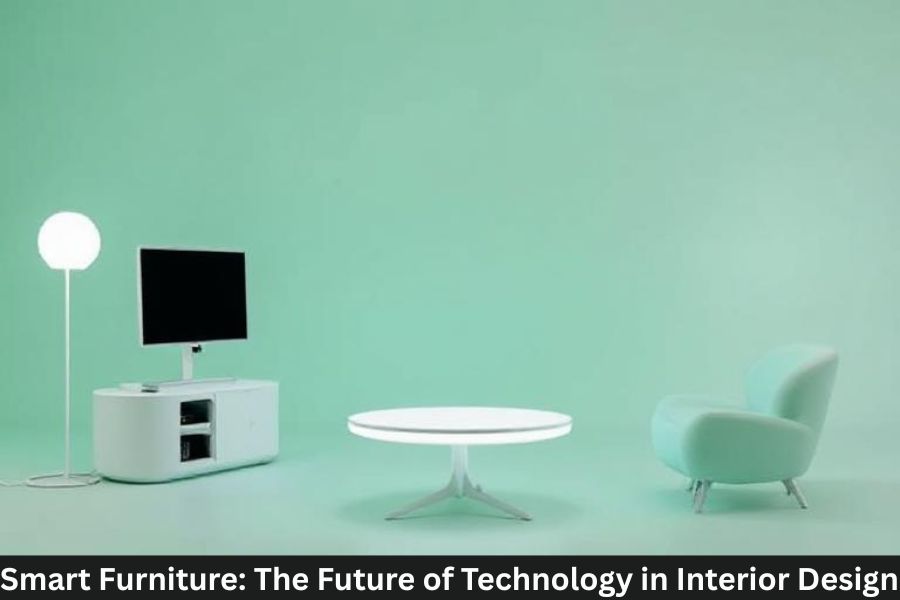The Metaverse is a collective virtual space powered by technologies like virtual reality (VR), augmented reality (AR), blockchain, and artificial intelligence (AI). It’s not one single platform but an ecosystem of interconnected digital worlds—think of it as the next version of the internet where people exist, not just browse.
Companies like Meta (Facebook), Epic Games, Microsoft, and NVIDIA are building this future. For marketers, it’s the next-level playground for brand storytelling, customer engagement, and commerce.
Why Marketers Should Care About the Metaverse
Traditional digital marketing—social media, email, PPC—operates on screens. The Metaverse moves beyond screens into 3D, immersive experiences. It’s about presence, emotion, and interactivity.
In short: it’s not just about clicks anymore; it’s about experiences.
Brands that master this early will win mindshare before it becomes mainstream.
1. Immersive Brand Experiences
In the Metaverse, brands can create fully interactive spaces—virtual stores, exhibitions, or events.
Imagine:
- Nike building a virtual sneaker showroom where users try on shoes in real time.
- Starbucks launching a VR café where avatars meet, chat, and order digital collectibles.
- A travel brand offering virtual tours before booking real-world trips.
This isn’t hypothetical—many global companies are already doing it.
2. Virtual Commerce (V-Commerce)
E-commerce becomes v-commerce, where users interact with products in 3D before purchasing.
For example:
- Customers could explore a 3D replica of a store.
- Try digital outfits before buying them physically or virtually.
- Pay using cryptocurrency or blockchain-based tokens.
This blurs the line between online and offline shopping, leading to a new form of hybrid retail.
3. NFTs and Digital Ownership
The Metaverse runs on blockchain, which gives rise to non-fungible tokens (NFTs)—unique digital assets proving ownership.
Marketers can use NFTs for:
- Loyalty programs (ownable digital badges or collectibles).
- Limited-edition drops that boost exclusivity.
- Brand communities centered on NFT ownership.
For example, luxury brands like Gucci and Louis Vuitton have already entered the NFT world, offering digital handbags and accessories to showcase online.
4. Personalized and Data-Driven Marketing
With AI and 3D avatars, brands can deliver hyper-personalized experiences:
- Virtual assistants that recommend products based on user preferences.
- Real-time data from user behavior inside virtual spaces.
- Tailored advertisements that respond dynamically to avatar actions.
It’s personalization on steroids—delivered in immersive worlds.
5. New Advertising Models
Forget banner ads. The Metaverse opens doors to experiential advertising:
- Branded mini-games inside virtual worlds.
- Sponsorships of digital concerts or esports events.
- Product placements in AR experiences.
- Interactive billboards inside virtual cities.
For example, Coca-Cola’s limited “Metaverse drink” and Balenciaga’s virtual fashion line in Fortnite showcase how digital ads can feel like adventures, not interruptions.
6. Building Virtual Communities
Community is the backbone of the Metaverse. Successful brands won’t just sell—they’ll belong.
Virtual communities can:
- Host events and meet-ups.
- Allow fans to co-create digital assets.
- Strengthen brand loyalty through participation.
When consumers live in your brand’s ecosystem, marketing becomes relationship-building, not one-way messaging.
7. Influencer Marketing 2.0
Influencers won’t just be humans anymore—virtual influencers and AI avatars are becoming mainstream.
For example:
- Lil Miquela, a virtual influencer, collaborates with top fashion brands.
- Brands can design their own AI ambassadors for campaigns inside the Metaverse.
This shift creates endless opportunities for creative storytelling and consistent brand messaging without human limitations.
8. Enhanced Customer Engagement
The Metaverse turns passive engagement into active participation.
Imagine:
- A customer walking through your brand’s virtual space.
- Asking AI chatbots questions in real time.
- Receiving personalized recommendations based on mood and behavior.
It’s like moving from “watching an ad” to “living inside one.”
9. AR Marketing in the Real World
Augmented Reality (AR) bridges the physical and virtual.
Brands can use AR to:
- Show product previews in real environments (IKEA’s AR furniture app).
- Offer immersive ads on smartphones or wearables.
- Create gamified experiences that reward real-world interaction.
AR makes the Metaverse tangible—connecting real and digital marketing seamlessly.
10. Data, Privacy, and Ethics
More data means more responsibility. As the Metaverse expands, user consent, transparency, and ethical marketing will become critical.
Marketers must ensure:
- Data privacy for avatars and personal info.
- No manipulative targeting.
- Compliance with new digital governance standards.
Trust will be the currency that separates successful brands from gimmicks.
11. Challenges in the Metaverse
While exciting, marketers face real hurdles:
- High cost of immersive content creation.
- Limited accessibility (VR/AR hardware).
- Lack of standardization across platforms.
- Potential data overload.
But as with all tech evolutions, costs drop and adoption rises with time—think of the internet in the 1990s.
12. The Future: Blending Real and Virtual Worlds
We’re moving toward a phygital world—where the physical and digital coexist.
Imagine attending a hybrid fashion show—watch it in person or via VR, both feeling equally real.
That’s where marketing is headed: borderless engagement.
Conclusion: The Metaverse Is the New Marketing Universe
The Metaverse won’t just change digital marketing—it will reinvent it. From immersive storytelling to new commerce models, it empowers brands to engage consumers on emotional, personal, and creative levels like never before.
For marketers, this is the time to experiment, learn, and establish presence before the crowd arrives. The future isn’t coming—it’s already building itself, one virtual world at a time.
FAQs
Q1. How is the Metaverse different from social media marketing?
Social media marketing happens on 2D platforms. The Metaverse is 3D, immersive, and interactive—it’s about participation, not just scrolling.
Q2. What are examples of brands using Metaverse marketing today?
Nike, Gucci, Adidas, and Coca-Cola have already launched Metaverse campaigns using VR spaces, NFTs, and virtual events.
Q3. Do small businesses benefit from the Metaverse too?
Yes. Even small brands can host virtual pop-up stores, launch digital collectibles, or create AR experiences with minimal investment.
Q4. Will the Metaverse replace traditional marketing?
Not entirely—it will complement it. The most effective strategy will blend physical, digital, and virtual experiences.
Q5. How can marketers prepare for the Metaverse?
Start by learning VR/AR tools, experimenting with 3D ads, and understanding blockchain-based ownership models like NFTs.



